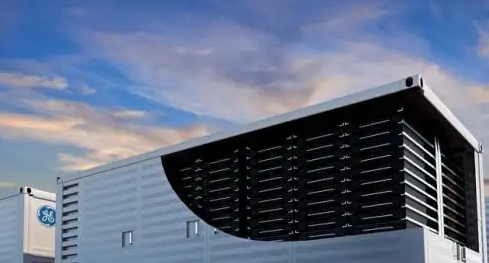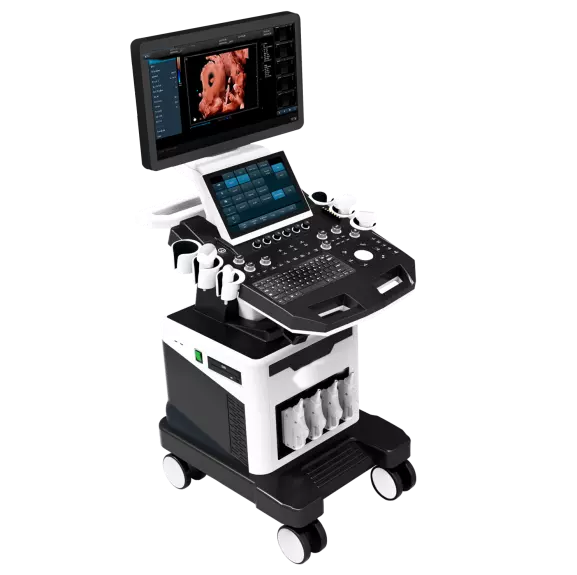Chinese companies "embracing" the US energy storage market
The continuous improvement of the US energy storage market is becoming a new opportunity for Chinese companies.
In the context of carbon neutrality, the world is accelerating energy transformation, and the installed capacity and power generation of new energy are rising rapidly. As a supporting technology for the power grid, energy storage has also seen rapid growth in its supporting demand. Among them, battery energy storage has the greatest development potential due to its advantages of flexible installation, rapid response, precise adjustment, and short construction period.

The data shows that in 2021, the world's newly installed electrochemical energy storage capacity will exceed 10GW for the first time, a year-on-year increase of 114%; in 2025, the cumulative electrochemical energy storage installed capacity will reach 64.3GW, with an average compound growth rate of 35.25% in 2020-2025.
Among them, the installed capacity is mainly concentrated in China, the United States, Europe, Japan, South Korea, and Australia, which together account for more than 90% of the cumulative overseas installed capacity.
Overall, the U.S. energy storage market is in a "three-legged" situation. California, PJM (independent system operator responsible for the operation and management of power systems in 13 U.S. states and Washington, D.C.), and Texas are among the top three installed battery energy storage facilities in the United States.
The data shows that from 2010 to 2020, the cumulative installed capacity of electrochemical energy storage in the United States is about 2.8GW, and California, PJM and Texas account for 54%, 14% and 10% respectively.
In terms of subdivision types, the California market dominates energy time-shift, industrial, commercial, and residential energy storage demand. 65% of the total installed capacity in the United States is time-shifted, 87% of industrial and commercial, and 78% of residential energy storage is concentrated in California; PJM and Texas are Ancillary services are mainly installed, accounting for 40% and 25% of the cumulative installed capacity of ancillary services in the United States.
The pre-meter market in the United States dominates demand, and household-side energy storage has started high growth. In the past ten years, California contributed 54% of the installed energy storage capacity, and 45% of the energy storage was used for the time-shift of pre-meter energy. It is expected that by 2025, the market before and after the table will be balanced.
The industry estimates that in 2025, the market space in the US before the table will reach 25.3GWh, including 19.3GWh of energy storage capacity for new energy power generation, 0.7GWh of frequency regulation capacity, and 5.3GWh of peak regulation capacity. GWh, industrial and commercial energy storage 16.3GWh.
Such a booming US energy storage market has naturally attracted strong interest from Chinese companies. As early as 2015, BYD energy storage landed in the North American market. Invenergy LLC, a world-renowned clean energy company, announced in Chicago the official launch of a 31.5MW commercial energy storage project in Illinois; Invenergy's 31.5MW energy storage project in West Virginia was also officially launched, both of which use BYD containers. type of energy storage system.
CATL announced in 2019 that it planned to enter the US energy storage market. In March of that year, it received a purchase order for 1.85GW lithium iron phosphate batteries from Powin Energy, an American energy storage plant; in early 2021, CATL delivered a 220MWh lithium battery energy storage system to Hill Country, Texas, USA.
In March of this year, CATL became an energy storage battery supplier for U.S. utility company Duke Energy. Duke Energy announced that the company has completed the deployment of three battery energy storage systems in Florida, with a total scale of approximately 34.5MW/58MWh. The batteries of the above-mentioned battery energy storage systems are all provided by CATL.
In August 2021, EVE Lithium Energy signed a two-year master supply agreement with Powin Energy, an American energy storage system integrator. According to the agreement, EVE Lithium will become the battery supplier of the Powin Energy battery energy storage system (BESS) project, and will supply at least 1GWh of LFP batteries and provide them with a 20-year life "warranty".
In September, Kelu Electronics successfully delivered the first phase of the 14MW/46.3MWh energy storage project in Indiana, USA, and won its second phase of the 24MW/63MWh lithium battery energy storage project. It is understood that the second phase of the project will use 280Ah large batteries. Recently, Kelu Electronics publicly stated that since 2019, the company's grid-level energy storage projects in the United States have exceeded 150MWh, and its market share has grown rapidly.
In November, Narada Power provided 22 energy storage containers for Texas, the United States, with a total installed capacity of 130MWh, using self-developed lithium iron phosphate batteries, which arrived at the project site in December. This project is an overseas project of Narada Energy Internet. The first wind power + energy storage project with a capacity of more than 100 MWh.
Sungrow has occupied the market in many places in the United States. For example, the 1MW/2.2MWh project in Missouri, the 15MW/32MWh project in Massachusetts, the 10MW/42MWh project in Texas, and the 5MW+1.5MW/3.836MWh large-scale photovoltaic energy storage project in Florida. At present, it has formed an all-round layout in North America that combines industrial and commercial, grid-side energy storage, and power generation-side solar energy storage.
SES Power has nearly ten years of experience in customized services for battery energy storage products. We began to test the US energy storage market as early as 2014, but at that time, the cost of lithium batteries, especially lithium iron phosphate batteries, was high, which was a serious problem. It hinders the promotion of battery energy storage systems. However, with the accelerated development of the lithium battery industry, the cost of lithium batteries has gradually decreased, and it is approaching the critical point of sustainable profitability of clean energy. Coupled with the strong stimulus that the global carbon neutrality action is really starting to be implemented, battery energy storage products naturally have a huge market impetus.
Of course, large-scale battery energy storage projects are far away from the needs of ordinary people, so SES Power has launched lithium iron phosphate batteries that can directly replace lead-acid batteries, such as 12V100Ah lithium iron phosphate batteries with square aluminum shells using EVE, CATL, and BYD, 24V100Ah, 36V100Ah, 48V100Ah, we use them to cooperate with inverters and photovoltaic power generation panels, and finally integrate them into a cost-effective home energy storage system. We are quite optimistic about the development of the US energy storage market.



































